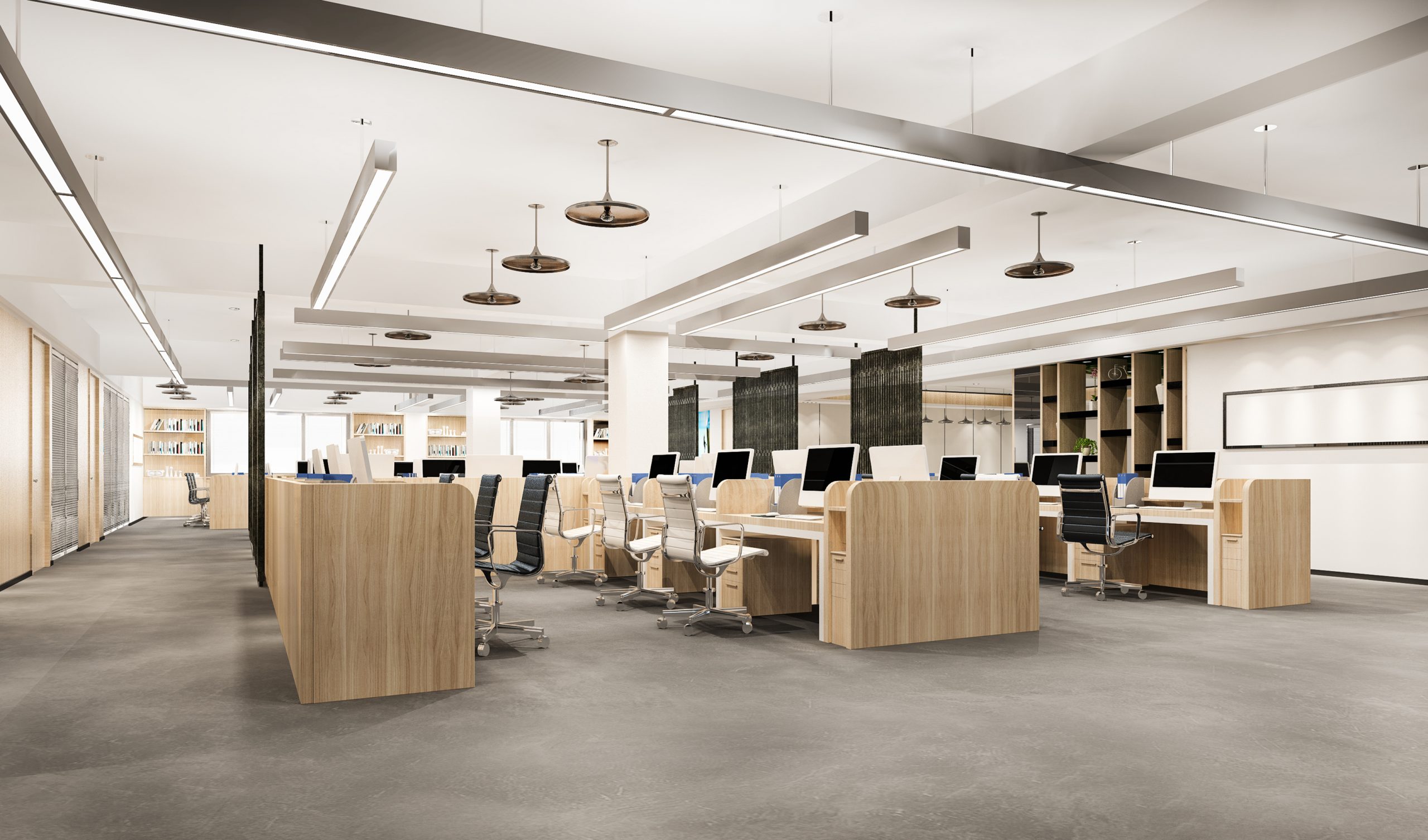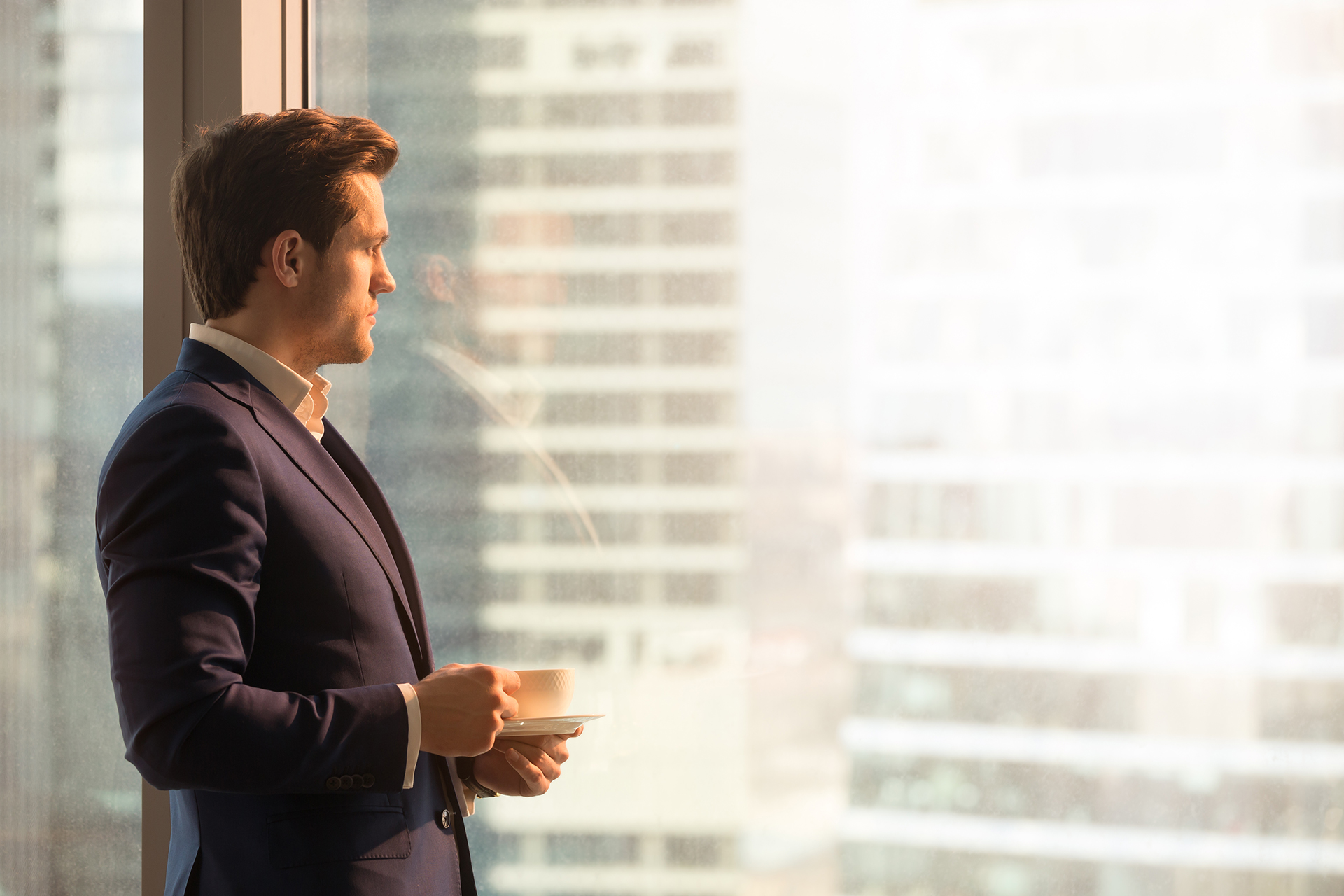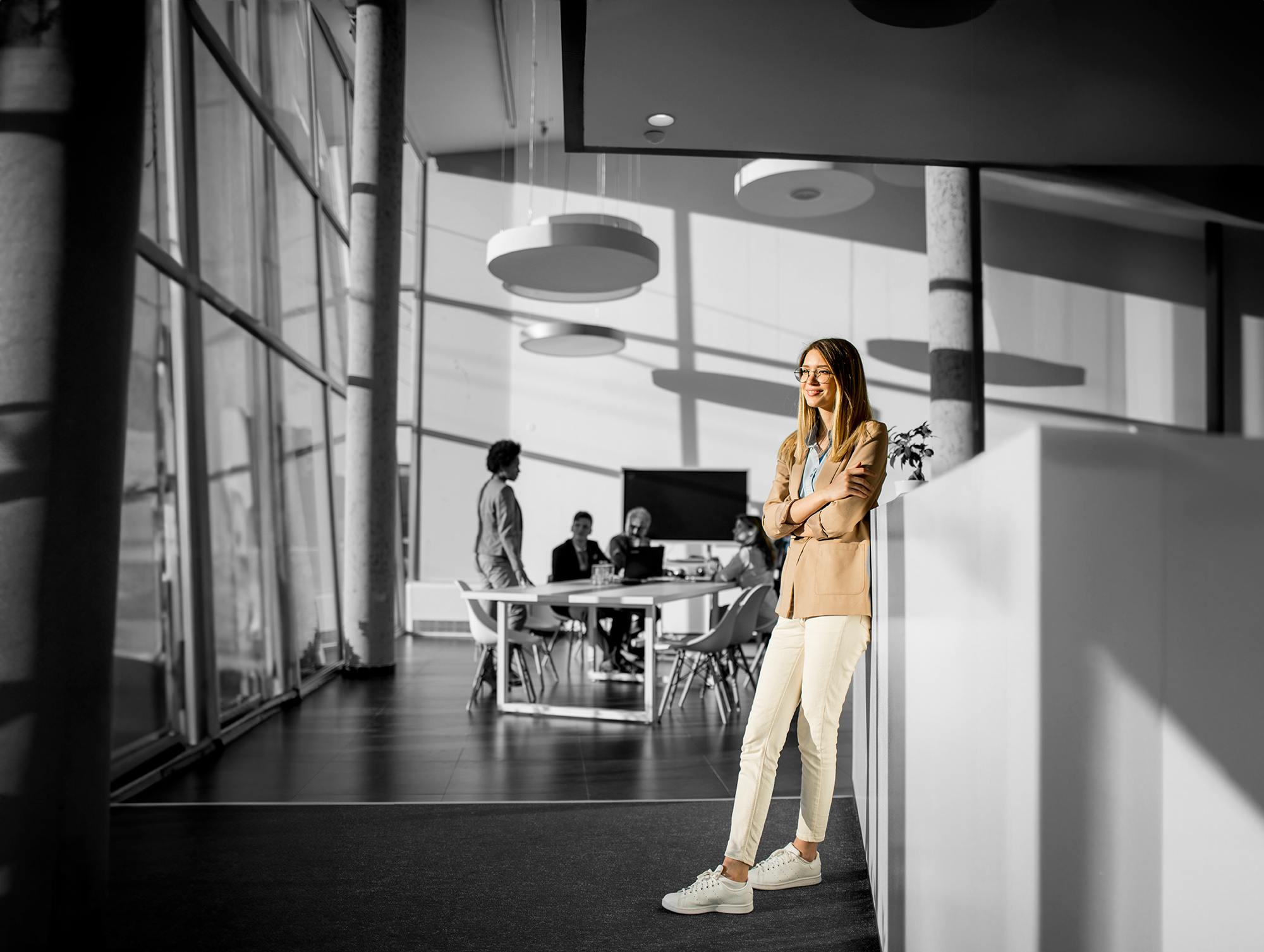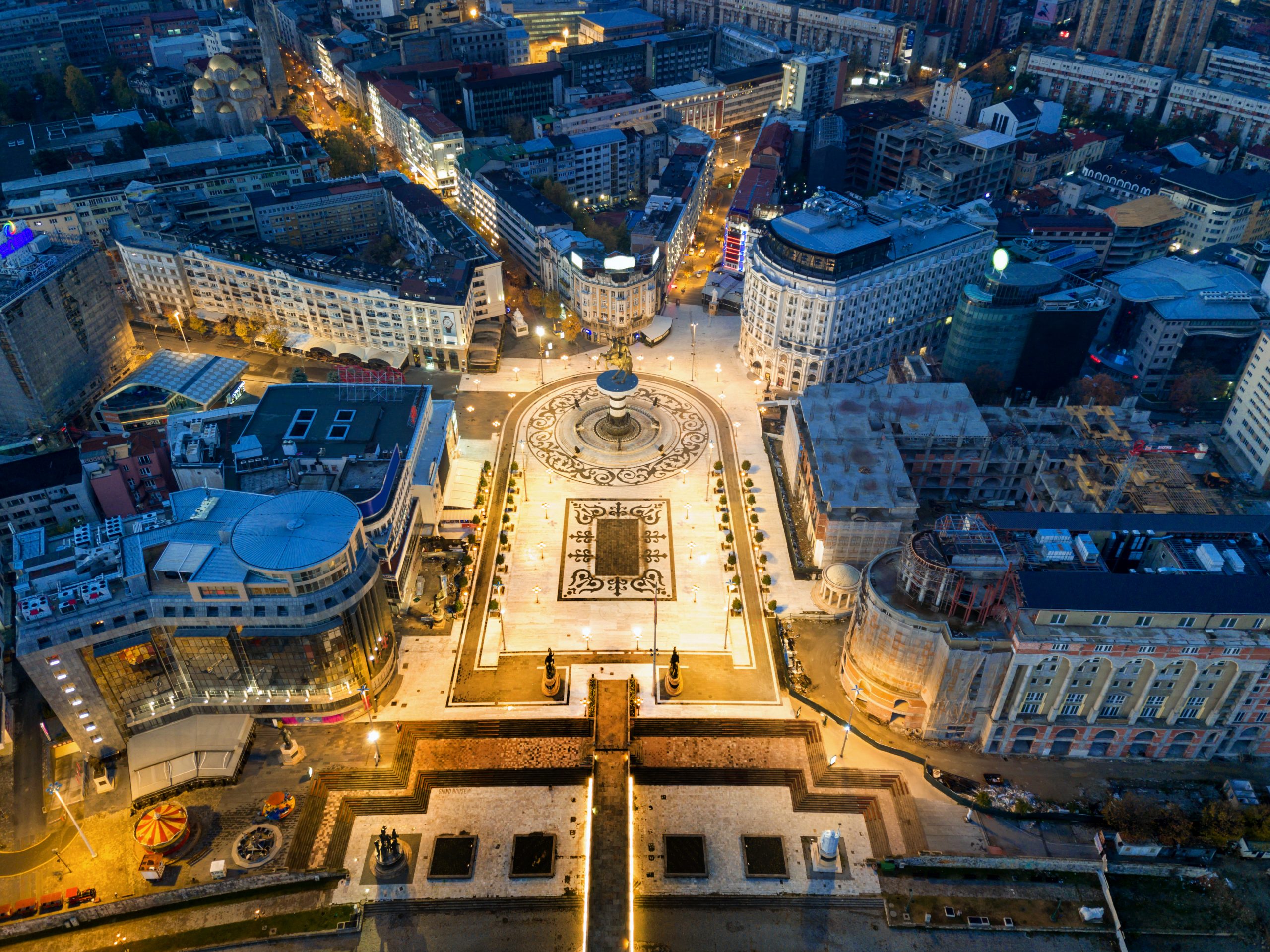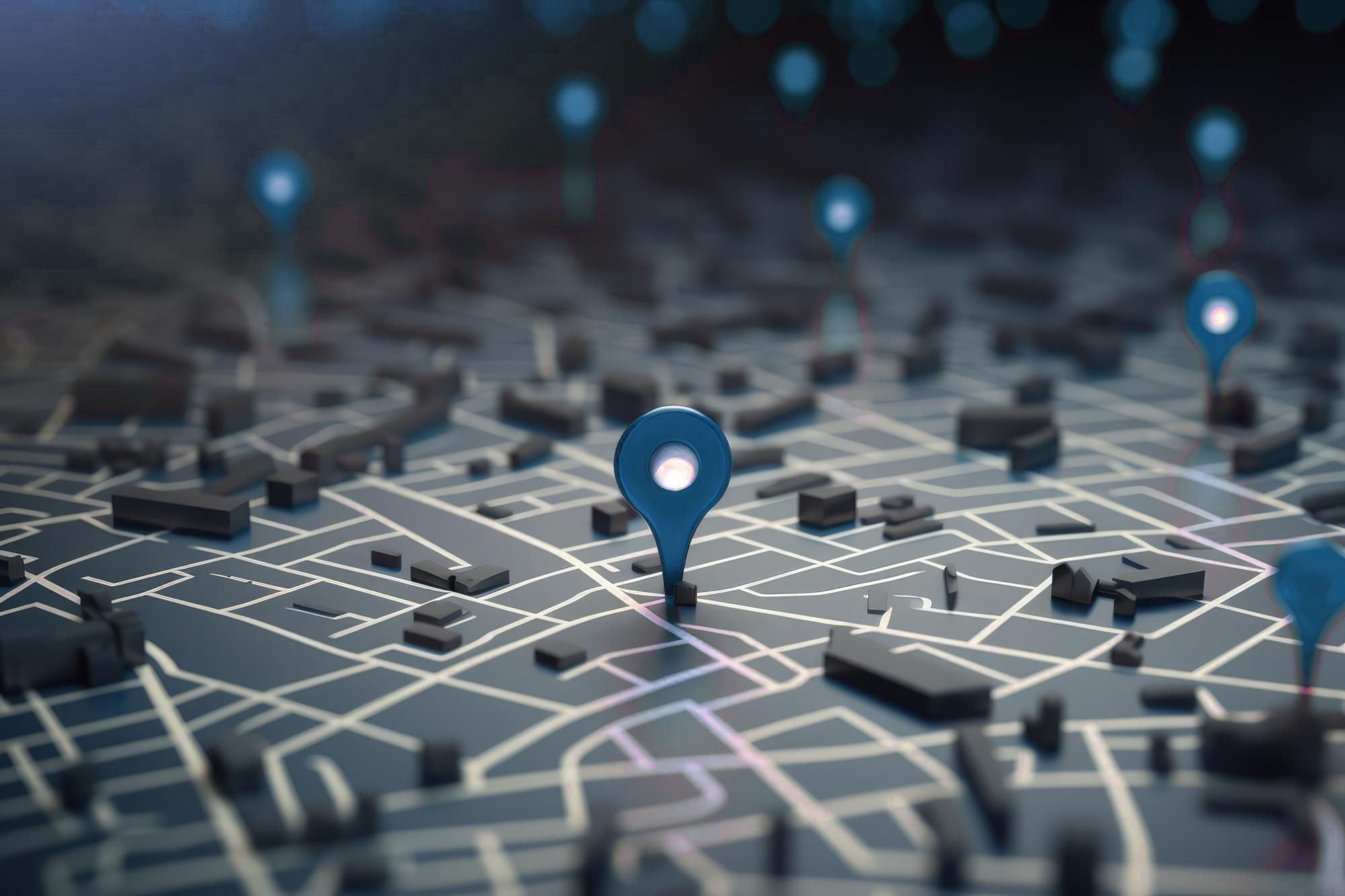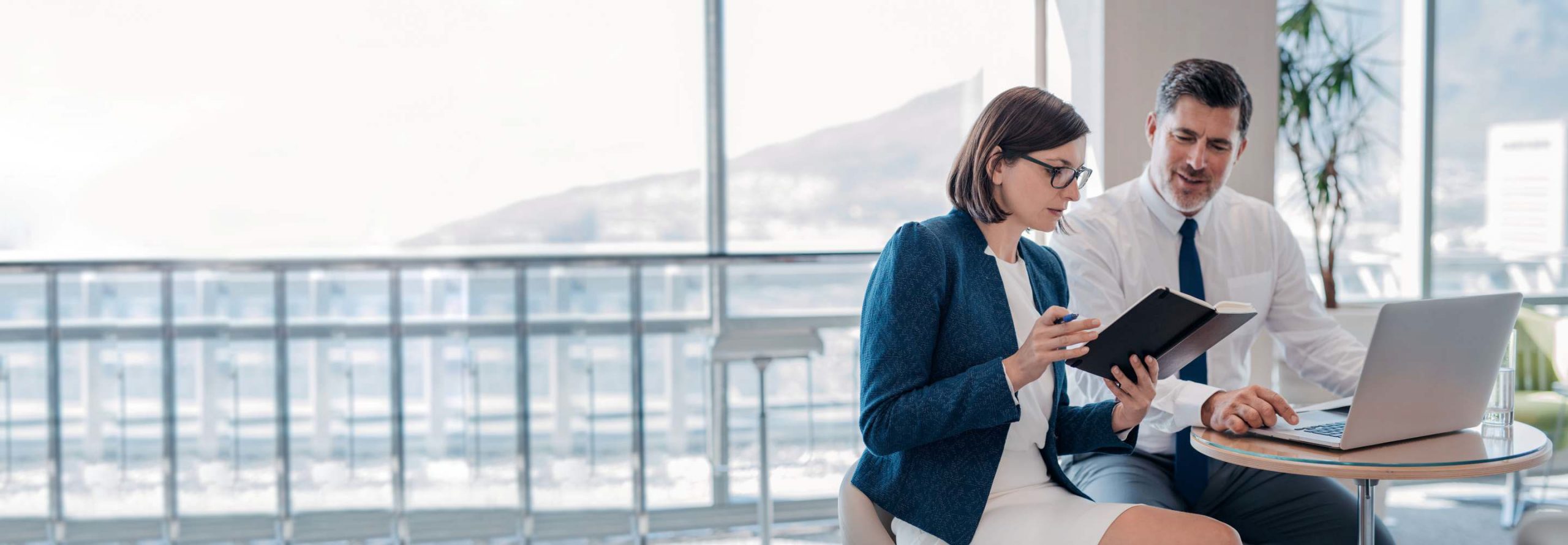- Advice
- Workplace

Modern office spaces trends
The future of work depends on flexibility, technology, and employee experience. That's why more and more companies are trying to reshape the work environment and better align office design with their brand and culture.
The Covid-19 pandemic changed the world in the last two years. Many industries had to quickly adapt to the new reality, which affected all segments of our lives. Many companies have tried to design and improve their business premises so that they can maximize the satisfaction of their employees at the workplace.
What does the workspace of the future look like?
The future of work depends on flexibility, technology, and employee experience. That’s why more and more companies are trying to reshape the work environment and better align office design with their brand and culture. Modernizing the workspace also provides a unique opportunity to bring health and wellness into the everyday employee experience.
Basic requirements – Air and lighting
Air quality and lighting can significantly affect employee well-being and productivity. With 80-90% of days spent indoors, where concentrations of some pollutants are two to five times higher than outdoors, it is not surprising that natural light is an important factor in planning office spaces. Access to natural light is the number one attribute employees want in their office space. Improper lighting disrupts circadian rhythms, and natural light can have a significant impact on everything from mood to creativity and concentration.
Apart from natural lighting, office lighting is also important because it affects the mood of the person staying in it and encourages maximum productivity if it is adequately positioned.The benefits of fresh air are numerous. The brain uses 20% of the air we breathe, so fresh air ultimately leads to clearer thinking, focus, and concentration. In addition to the psychological benefits of fresh air, there are also physiological benefits. When working indoors, breathing tends to be shallow.
When you’re outdoors, moving, whether you’re walking or jogging, it encourages increased diaphragmatic breathing. Breathing fresh air has other health benefits. Viruses and bacteria have a reduced survival rate when air is constantly circulating. Poor quality indoor air can lead to a variety of ailments, including headaches, fatigue, and sometimes chronic illnesses, such as allergies and respiratory diseases.

End of endless sitting
There is more and more scientific evidence about the harmful effects of prolonged sitting on health. It is a well-established fact that sitting has become the cause of many diseases, studies have linked long-term sitting to heart disease, type 2 diabetes, cancer, and other health conditions, and globally, 6% of deaths are attributed to physical inactivity.
The office of the future, therefore, includes a flexible design in which employees can choose where and how they will work. This requires movement throughout the day in open space offices, private offices, meeting rooms, phone booths, lounges, recreation and dedicated meditation rooms, kitchens, and other common areas. Practical applications of this principle also include ergonomic office chairs and sitting desks, which encourage good posture to avoid strain while sitting. Hybrid office spaces are also used to encourage movement and reduce repetitive strain.

More colors and artwork in the workplace
Color can make a big impression. Although many companies prefer to use only their corporate color palette, it is always advisable to consider other tones that subtly indicate what certain spaces are designed for. Soft colors improve concentration, and vivid colors improve collaboration and creativity.
Traditional offices had uniform furniture – chairs of one type and all the same color. This idea that everything has to match perfectly is outdated. Color ultimately has a significant impact on employee mood and productivity. Different styles, brands, finishes, and fabrics of office chairs can help create a fun office environment to work in.
Creating office interiors where employees can feel relaxed and friendly can be achieved in other ways, such as through artwork. Artistic work in the workplace has numerous positive effects. It has a powerful effect on mental health and well-being by creating a sense of calm and improving productivity, creativity, and mood in the office. Art is also a key part of the company’s brand identity. It forms unique elements in the workplace that give the office an authentic feel, a sense of community, and belonging.

Creating quiet spaces
With all the benefits of open space, there are also challenges. Studies have shown that more than 50% of people have difficulty concentrating in open spaces. According to the World Health Organization (WHO), noise is an underestimated threat that can cause serious health problems and interfere with work performance.
Complaints about a noisy office are often dismissed too quickly. Companies can mitigate noise through carpets, furniture, and ceilings, which are designed to absorb sound, and sound masking systems, as well as by setting aside dedicated spaces for so-called deaf rooms, where employees can do work, meet or talk in peace.

Biophilic office space
Forward-thinking companies are embracing biophilic design with natural lighting, natural ventilation, and views of nature and flora, from green walls and potted plants to corporate gardens and outdoor workspaces.
How does the office benefit from bringing nature indoors? Not only do plants affect memory, but they can also affect the mood of employees, lower stress levels, and have various other health benefits.
This principle of interaction with nature is embedded in the office in the form of biophilic office design, from the inclusion of plant life in different parts of the office to living walls and rooftop gardens. Plants have numerous benefits, including separating and zoning office space, improving office aesthetics, and improving air quality.
Focus on health and wellness
The topic of workplace wellness has been around forever. Although this was once considered snobbery, today it is becoming an essential topic in all organizations. This became especially important after the pandemic, with the return of employees to offices.
More and more companies are becoming health-conscious and adopting proactive workplace wellness programs. They promote them as part of a recruitment package in a competitive market to attract the best talent, who want to work in the best possible environment. As a result, workplace well-being has moved to the top of employee priorities. But workplace wellness means different things to different organizations.
The workplace today is something to watch out for, it’s focused on the individual and that’s likely to stay the same for a while as workplace well-being becomes more important. Companies have also realized that workplace stress is the biggest health issue facing employees and are consequently working to create a more relaxed and healthy work environment for everyone.
As employers rethink their workplaces, a key component of well-being is at the fore: social connectedness. According to many reports, support for social health at work is relatively low, with only 34% of workplace designs supporting socialization. A brilliantly designed space that matches the employer’s brand and includes areas for social interaction can create a true sense of belonging among employees

-
What is a hybrid workplace model and how does it work?
23 November 2022 -
6 ways to make an office space visually appealing.
30 January 2023 -
Dilemma: New vs Old Construction
10 January 2023 -
Why holiday spirit is so important at the workplace?
12 December 2023 -
Transformation of the shopping trends and habits
15 November 2022 -
Modern office spaces trends
13 September 2023 -
Picking the Perfect Location for Your Business
07 November 2023 -
Color Trends in Interior Design in 2023
06 July 2023 -
Work from Home or Work from the Office?
01 February 2024 -
Why choose consulting companies when buying or selling real estate?
14 November 2022 -
What makes the perfect office?
15 April 2024 -
Workspace as inspiration for employees
22 November 2022


